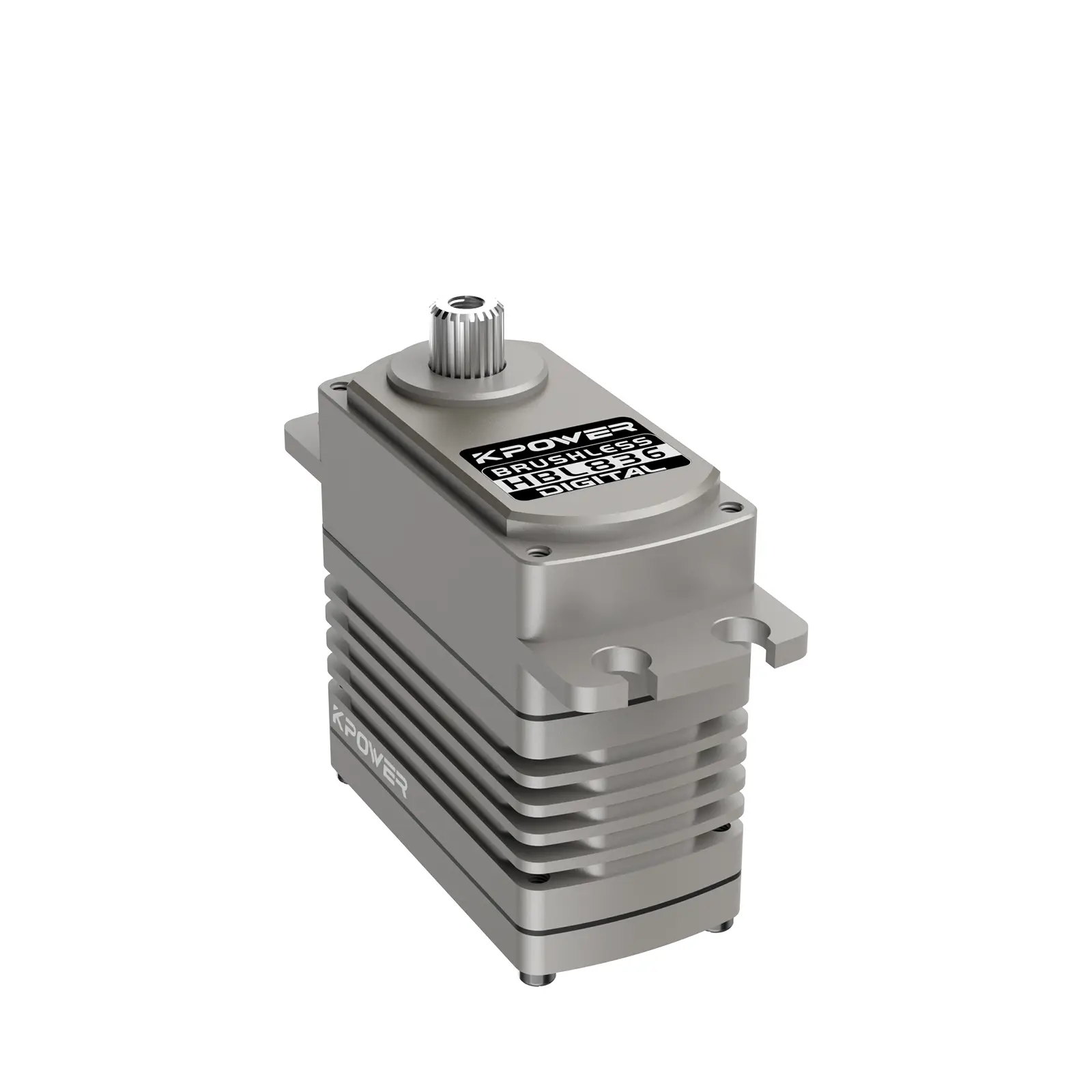Imagine you're building a house. You don't just throw all the bricks and beams into one giant pile and hope things hold together. That would be chaos. Instead, you break down your project into sections—kitchen, bedroom, bathroom—and even within those, you have specialized tasks. That's pretty much the essence behind microservices design pattern—breaking down complex software into manageable, independent pieces that work together seamlessly.

So, why should you care? Well, look at Netflix. Once a monolith, it turned into a sprawling garden of microservices. Scaling? Done. Updates? Faster than ever. You don’t have to reinvent the wheel every time a new feature comes along. Instead, you just tinker with a tiny part without risking the whole system crashing down. That flexibility? It’s gold.
Now, microservices aren’t a magic bullet. They’re more like a well-organized team of specialists. Each service handles a specific task—say, payment processing or user authentication—and they communicate through APIs. It’s almost like a well-choreographed dance where each dancer knows their moves and keeps in sync without stepping on each other's toes. And you get to upgrade or troubleshoot one dancer without disrupting the whole performance.
Ever wonder if microservices might be overkill? Sure, they'll add some complexity—think of managing multiple servers and deployment pipelines. But the payoff in agility and fault tolerance? Huge. If one service goes down, it doesn’t mean the entire app crashes. Instead, it’s like a restaurant where the waiter slips, but the kitchen keeps cooking smoothly.
A quick question—have you noticed how traditional systems struggle with rapid change? Developers need to roll back an update? It’s a nightmare because everything’s tightly wound. Microservices? They slice that problem apart. Smaller, independent units mean you can deploy new features faster, test without risking everything, and pivot quickly when market demands shift.
Here's the thing: it’s not just about breaking things down. It’s about designing a system that feels alive—resilient, adaptable. Companies don’t want to cling to outdated methods just because they’re comfortable. Instead, they’re jumping into a future where innovation moves at the speed of thought. Microservices make that possible; they turn a monolithic beast into a swarm of agile, dedicated agents.
In the end, what makes microservices appealing is this blend of discipline and freedom. Sure, it takes planning, but once set up, you’re free to grow, adapt, and crush the competition. It’s about building not just for today, but for what’s coming next.
Established in 2005, Kpower has been dedicated to a professional compact motion unit manufacturer, headquartered in Dongguan, Guangdong Province, China. Leveraging innovations in modular drive technology, Kpower integrates high-performance motors, precision reducers, and multi-protocol control systems to provide efficient and customized smart drive system solutions. Kpower has delivered professional drive system solutions to over 500 enterprise clients globally with products covering various fields such as Smart Home Systems, Automatic Electronics, Robotics, Precision Agriculture, Drones, and Industrial Automation.




































